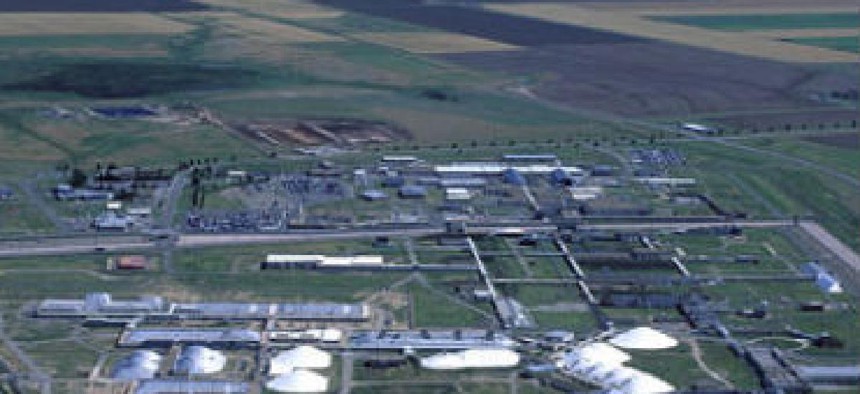Nuclear weapons facility upgrades resource management system

By using PeopleSoft, the Texas facility’s application could serve as a baseline for integration across the National Nuclear Security Administration.

The new resource management system at this Amarillo, Texas, facility could serve as a baseline for possible integration across the National Nuclear Security Administration.
A new resource management system to track the gamut of complex components that go into the assembly and disassembly of high-explosive and nuclear weapons is being used to replace some legacy systems that have been in use since the early 1980s.
The National Nuclear Security Administration announced Dec. 4 that the Babcock & Wilcox Pantex plant near Amarillo, Texas, had successfully implemented an important Integrated Production Planning and Execution (IPRO) system ahead of schedule.
According to NNSA, work performed at the Pantex Plant includes support of nuclear weapons life-extension programs; nuclear weapons dismantlement; the development, testing and fabrication of high-explosive components; and interim storage and surveillance of plutonium pits.
The IPRO implementation was completed seven months ahead of schedule, using Oracle PeopleSoft-based software. By using PeopleSoft, NNSA's Kenny Steward said in a telephone interview, the Pantex Plant application serves as a baseline for possible integration across the NNSA enterprise, where 90 percent of the Enterprise Resource Planning (ERP) tools are based on PeopleSoft.
Steward, the facility's production control office manager, said the solution's flexibility was key in making the shift. In some ways, he said, the Pantex Plant is like typical manufacturing facilities, incorporating some of the same everyday production processes. But in other ways, Pantex applications must follow more complex, individualized processes to insure the safety and security of its obviously dangerous work. Since the PeopleSoft solution was highly customizable, it fit the bill.
According to NNSA, the tool is used to minimize on-hand inventory of components while insuring the right product with the right quality is delivered at the right time. Steward said the plant developed and deployed the IPRO system to modernize its aging legacy systems and reduce costs while improving operational visibility and inventory accuracy.
The new system, he said, employs mobile scanners that read bar codes on components, allowing the facility to more accurately track everything that goes into the nuclear weapons and high explosives. For instance, the ability to assign individual bar codes to each component in a given assembly takes away the possibility of misreads of component serial number errors.
The Pantex Plant completed the first 100 days of the implementation on Nov.1 and achieved full production rates, despite challenges that included an NNSA-directed operations suspension in preparation for the government shutdown in October.
Memos in August, September and October from Thomas Spatz, Pantex site representative, to Steven Stokes, acting technical director at the Defense Nuclear Facilities Safety Board, also detailed some initial system glitches the plant had to work through. Those issues, said Steward, have been resolved and the plant's processes honed as a result.
NEXT STORY: Obama wants agencies to push the Green Button





